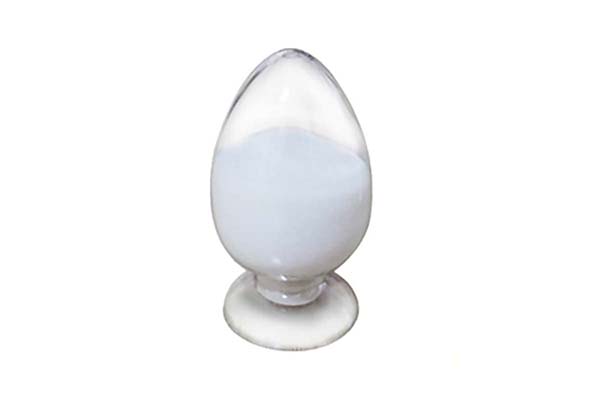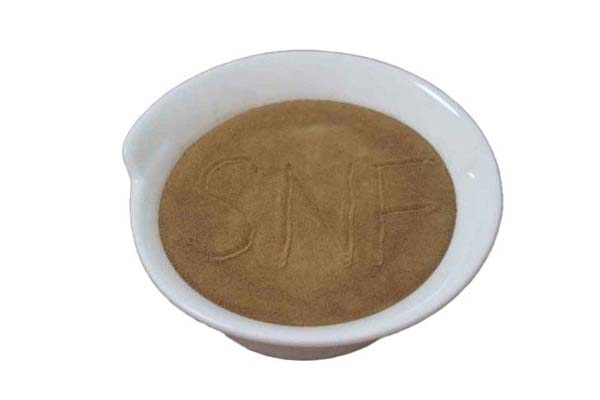As global “dual carbon” goals and ESG (Environmental, Social, and Governance) pressures advance, the chemical industry is accelerating its shift from fossil-based resources to bio-based and renewable feedstocks. Lignin, the second most abundant natural polymer on Earth (after cellulose), is transforming from pulp industry ‘waste’ into a “treasure trove” of high-performance bio-based materials. This article delves into how lignin serves as a solution to replace traditional petroleum-based products, analyzing its market dynamics and key procurement considerations.
Why Do Traditional Chemical Feedstocks Urgently Need “Green Alternatives”?
Currently, many chemical manufacturers reliant on petroleum-based feedstocks (such as phenols, styrene, carbon black, etc.) face triple pressures:
Cost Volatility: Sharp fluctuations in international crude oil prices directly lead to uncontrollable procurement costs for downstream raw materials.
Environmental Regulations: Increasingly stringent carbon emission and VOC restrictions compel companies to invest heavily in environmental upgrades.
Market Demand: End-brand commitments (e.g., IKEA, Nike, L'Oréal) to increase renewable material content in products are rapidly transmitting pressure upward to raw material suppliers.
Consequently, identifying low-cost, sustainable, and reliable bio-based alternatives has become an industry consensus.
Lignin: From “Waste” to High-Performance Solution
Lignin is a complex three-dimensional network polymer found in all woody plants. Traditional pulping and papermaking processes separate it as a byproduct. Historically, it was primarily burned for energy, holding minimal value.
However, through modern chemical modification techniques—such as sulfonation, amination, and phenylation—modified lignin exhibits exceptional dispersibility, adhesive properties, antioxidant capabilities, and UV shielding. This makes it an ideal substitute for numerous high-value chemicals.
Lignin Application Solutions for Key Downstream Industries
[Key Point] Lignin's value lies in “modification” and “substitution.” Customers across different industries require distinct modified lignin products.
| Target Application Areas | Traditional petroleum-based materials | Solutions and Advantages of Modified Lignin |
Phenolic resin/adhesive | Petroleum-based phenol | [Lignin] can replace 20%-50% of phenol in the production of bio-based phenolic resins. This significantly reduces costs, lowers free phenol content, and enhances the environmental performance of the product. |
| Rubber/Tires | Carbon black, silica | [Lignin], as a bio-based reinforcing filler, can partially replace carbon black to enhance tire wet traction while reducing carbon footprint. |
| Dispersant (Cement/Dye) | Naphthalene-based, polycarboxylate | [Lignosulfonate] is a mature dispersant (e.g., concrete superplasticizer, dye dispersant). It offers significant price advantages and stable performance. |
| emulsified asphalt | Petroleum-based emulsifier | [Modified Lignin] can be used as an asphalt emulsifier to enhance emulsion storage stability and is classified as an environmentally friendly road construction material. |
Lignin Market Outlook and Procurement Strategy for 2024-2025
Although lignin feedstock (black liquor from pulp mills) is readily available, the supply of “high-quality, stable” modified lignin remains critical to the market. When selecting lignin suppliers, buyers should focus on the following aspects:
Price Trends: Lignin prices are relatively independent of petroleum market fluctuations, offering long-term cost advantages. However, significant price and performance variations exist among lignin sourced from different materials (e.g., coniferous wood, hardwood, herbaceous plants) and modified through diverse processes.
Modification Capability is Core: Buyers should not focus solely on raw material costs. A leading lignin manufacturer's core competitiveness lies in its modification technology. Can the supplier provide customized solutions tailored to your application requirements (e.g., high purity, specific molecular weight, or specific functional groups)?
Supply stability: Evaluate the supplier's upstream partnerships (with pulp mills) for robustness, and assess whether their modification processes are mature enough to ensure consistent performance across batches.
Seizing the Key to Bio-based Transformation
Lignin application development represents a golden opportunity for achieving carbon neutrality goals. For downstream manufacturers, integrating lignin into existing formulations early on is not only an environmental compliance measure but also a strategic chance to establish cost advantages and build a green brand image.Selecting a lignin supplier with expertise in both application and modification will be a critical step for enterprises to seize the initiative in this green transformation.





